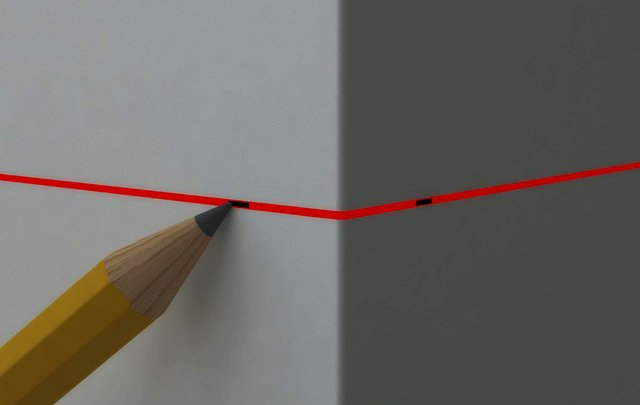How and how can I raise the floor level to a small height?
Hello! When repairing in my apartment, the builders made a sand-cement screed in one level under the tiles in the kitchen and corridor and under the laminate in the bedrooms and the living room. At the same time, the screed is uneven: level differences of 3-5 mm. Now I need to raise the level of the screed under the laminate by about 14 mm, taking into account the fact that the thickness of the laminate with the substrate will be about 10 mm and elements of the warm floor will be mounted in the rooms. Builders offer to raise the floor with filling mats, but I do not like the price. Advise, with what materials you can inexpensively and efficiently level the floor and raise it to the desired height? Thank.
Hello, thanks for the great question! For cases when it is necessary to quickly and inexpensively level and raise the floors to a small height, two methods are suitable:
- dry floor screed;
- leveling bulk floors.
Each of these methods has its own characteristics, but both are simple in execution, suitable for laying any communications, provide high quality substrates for any flooring, and the cost of them will not exceed the cost of a traditional concrete screed.
Dry floor screed
The essence of the method widely known in construction is that irregularities and defects of any existing floor base are leveled with a layer of expanded clay sand, and sheets of drywall are laid on top of it. The method is simple and reliable, but not suitable for rooms with high humidity and for houses with old wooden floors. The technology of leveling the floor by dry screed in the video:
The main advantages of the method are that
- work can be carried out at any time of the year;
- small thickness of the structure from 10 to 20 mm;
- good thermal conductivity:
- high tensile strength;
- immediately after completion of work, you can proceed with the installation of the finish floor covering.
The disadvantage is sensitivity to high humidity.
The cost of a dry floor screed depends on the materials chosen, but in any case it is several times lower than a traditional concrete screed.
The minimum allowable thickness of expanded clay embankment is 5 mm and you can get a finished structure with a thickness of about 14-15 mm, but some experts consider it critical. In this case, consider the option of leveling bulk mixture.
Leveling bulk floors
Cement-based leveling mixtures with polymer additives are used when it is necessary to level floors with slight differences from 3-5 to 10-15 mm. How simple is the technology for using this method, the video demonstrates:
The thickness of the coating pouring is selected depending on the state of the base of the floor - marriage of cement screed, the depth of damage, as well as practical feasibility, as in your case.
Advantages of bulk leveling floors
- simplicity and short lead time;
- high quality coating;
- excellent thermal conductivity;
- the smallest possible thickness.
Among the disadvantages of the method is the very poor adhesion of the emulsion with moist and too dusty bases. The room during the work should be dry enough, and the concrete base before applying the leveling mixture is treated with a special primer.
The cost of a leveling bulk coating depends on the materials used and can range from 300 and more rubles per square meter, but the impeccable quality of the coating, reliability and durability of the future floor will pay for these costs.




2 comments